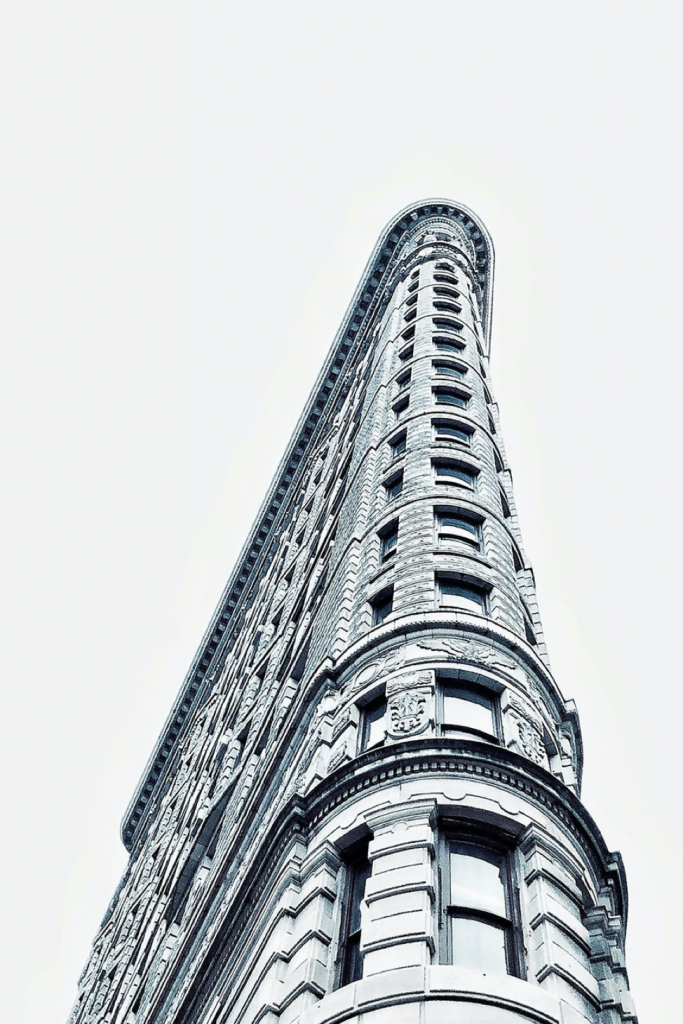Starting A New Home Improvement Project? Let Us Help!
Brener Construction - Most Trusted NYC Contractors
If you’re looking for the best apartment renovation contractors in NYC, contact Brener Construction, Inc. We are a local NY owned construction company with over 20 years of experience in the greater New York City and Tri-State area. We specialize in apartment renovations, kitchen remodels, bathroom updates, and all of your flooring, painting, electrical, plumbing & millwork needs.
Outstanding customer satisfaction is vital to us.
Our team dedicates a great deal of attention to customer service and believe that communication is key in maintaining the best relationship with our clients. We will ensure that you are satisfied from the time we start working until the completion of your project. We keep homeowners in the loop, updating them on work progress, orders, and deliveries. Feedback is encouraged and appreciated, it helps us work better to meet your needs. See our 200+ google reviews here.
We understand the unnerving feelings that renovating your home might come with and that’s why we’re here to offer you peace of mind and reassurance. Call or email us today to discuss your project.
– The Brener Construction Family
See Our Main Site At BrenerConstruction.com
Blog Posts are Below:
Category Archives: Landmark Property
Restoring Landmark Property in NYC
How does one go about restoring landmark property in NYC? If you happen to own an apartment in New York City, especially in a landmark building, architectural masterpiece, or in one of the city’s historical attractions, it is a great source of pride. While such ownership make one feel accomplished in life, their restoration and repair comprise of unique challenges.
The Landmark Preservation Commission (LPC) entirely controls the process. The LPC is recognized for ruling over all the above-mentioned structures in NYC with an iron hand and rightfully so.
Before owners can begin any type of restoration work, they first need to obtain a permit from the LPC. The LPC issues three types of permits : Permits for Minor Work, Certificates of No Effect and Certificates of Appropriateness. We receive the above-mentioned permits from the LPC based on the work we propose to customers. The permits we receive are also determined upon our submission of an application.

We require a CNE (Certificate of No Effect) when the work we have proposed requires a permit by the DOB. However, this work will not have an impact on the building’s architectural features. Some examples include the installation of heating and plumbing equipment, interior renovations, and some other changes that do not have a negative impact on the primary features of the building. The LPC thoroughly verifies such proposed plans to ensure that it will cause any damage to protected features or cause any detraction to historical districts’ unique character.
When a proposed plan indicates a significant effect on the protected architectural features, a Permit for Minor Work is granted but a DOB permit is not required. Examples of such proposed works include door or window replacement, restoration of architectural details, and masonry repair and cleaning. When an application is submitted, LPC reviews it to determine whether the changes proposed will be appropriate or not for building and/or the district.
When a proposed plan involves affecting the significant and protected architectural features and fails to meet the staff level approval’s guidelines, a Certificate of Appropriateness is required. Owners must be aware of the rules of the Landmark Preservation Commission. Some examples of such proposed plans include demolitions, rear or rooftop yard additions, removal, and construction of architectural features such as cornices and stoops. To obtain such a permit, a public hearing has to be held at the LPC offices and the local community board.
Landmark Preservation Commission
The LPC grants ‘Landmark’ status to historically, architecturally, and culturally significant buildings of New York City as means of operation. It enforces and enacts regulations to prescribe to homeowners on how they should maintain and preserve their properties.
This commission is generally more focused on the building exteriors. The entire city possesses around 31,000 landmark properties. Out of these, most exist in the five boroughs’ 111 historic districts. A huge majority of these lie in Manhattan and 117 of interior landmarks.
According to the Landmarks Law of 1965, a place or structure that can be considered landmark designation worthy must at least be 30 years of age. It should also possess a special aesthetic or historical value or interest and a special character. This is all a part of the heritage, cultural characteristics, and development of the city, nation, or state.

To add to its list of protected properties, the LPC searches for and adds buildings to the list. It also takes into serious consideration applications sent in by interest groups and citizens. Since 1990, they have doubled the number of buildings that comes under its protective umbrella. Back in the 1990s, the city had merely 52 historic districts and contained less than 15,000 buildings.
Restoring Landmark Property in NYC
To restore our landmark property, we must begin by choosing a team. Our team comprises of an architect, an engineer if any important alterations or major repairs are required, as well as a contractor. Make sure that your contractors put together a team of members who have experience in historic restoration, and their portfolio features a minimum of 5 landmark projects, at least. They should also be well recognized and approved by the commission. The architect initiates the work by putting together the drawings with landmarks requirements.
If we submit an application for obtaining a work permit for the exterior of any NYC building, we are required to provide architectural drawings that feature details of every single aspect of the task.
Select a General Contractor
 It is essential to pick a contractor experienced in historic restoration. If you fail to do so, the LPC might be unhappy with what your contractors do. the LPC strictly instructs contractors to restore things in accordance with how they were , whether it is the façade, the building’s historical parts, the marble, the brass, the material we use, the terrazzo etc.
It is essential to pick a contractor experienced in historic restoration. If you fail to do so, the LPC might be unhappy with what your contractors do. the LPC strictly instructs contractors to restore things in accordance with how they were , whether it is the façade, the building’s historical parts, the marble, the brass, the material we use, the terrazzo etc.
We are not allowed to employ any harsh products or tools to do this because we could end up damaging the surfaces.
Get Approval
The LPC can and does delay jobs. The approval process is bound to get more complicated if we want to change a feature of the façade, perhaps brings in a durable material in place of a decorative element. The Landmarks Preservation Commission and the Building Department require an application for a variance which the engineer has to file.
Restoring Landmark Property in NYC: Final Thoughts
In the coming few years, it is an established fact that most buildings will have to undergo repair and inspections of facades as well as all other NYC buildings over six stories. This will be done in compliance with the FISP (Façade Inspection Safety Program), also known as Local Law 11.
This would be a good chance to make advance applications and repairs, especially if it is a landmark that would involve a complicated process of approval.
For any restoration and renovation works for landmarked NYC buildings, contact the best general contractors and the most experienced professionals in the city.
BRENER CONSTRUCTION INC.
Email: info@brenerconstruction.com
Tel: 646-455-3321







